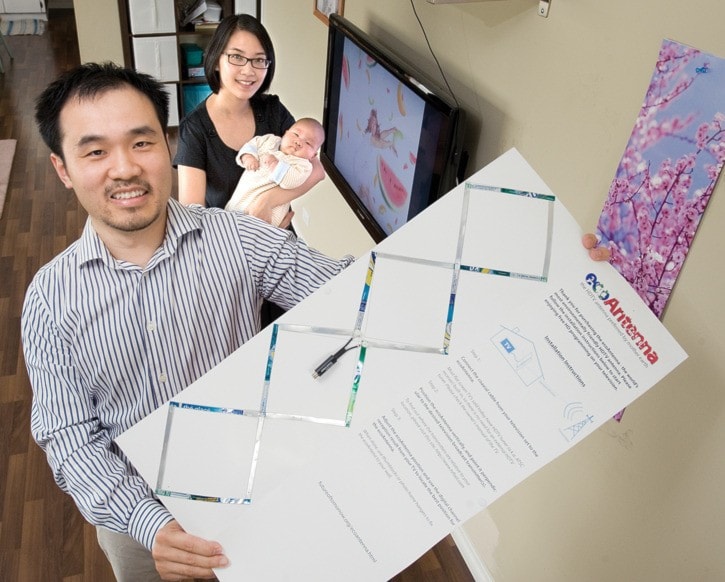Baby Liam spent three weeks in the neonatal intensive care unit at Surrey Memorial Hospital after being born premature last February.
While the experience was a trying one – causing fear and heartbreak for second-time parents George Tsai and Katy Lee – it would later inspire something great.
Shortly after Liam’s health improved and he was brought home, the 9.0-magnitude earthquake and subsequent tsunami hit Japan.
As relief efforts focused on providing basic necessities to the devastated country, Tsai and Lee turned their attention to the futures of affected children and youth.
They only had to look at a healthy one-month-old Liam – and think of their friend in Tokyo whose daughter was born just weeks before the disaster – to know they had to help.
“We feel that children and youth, they can’t fend for themselves,” Tsai, 34, said.
Along with the help of their Japan-based friend, Hidekuni Amita, the South Surrey couple formed the Future of Tomorrow Foundation to provide scholarships to young survivors of the quake.
“The focus would be to find students who have lost their parents, siblings,” Tsai said. “We feel that education for youth is critical. If you give them the right tools, they can flourish in life.”
Tsai and Lee, a former teacher, are raising money for students’ entrance fees to Tokyo universities, which typically require between $2,000 and $3,000.
Funds collected in the next 10 months will form scholarships for those attending post-secondary in April 2012 (when the next school year starts in Japan) with any money brought in after that date used for the following year.
And there are no plans to stop there.
Tsai said the foundation’s mission is to aid children and youth in disaster-stricken and war-torn communities around the world, and additional projects will continue to be taken on.
“It’s a long-term commitment,” he said.
With a website now up and running, the next step for the non-profit organization is to gain charitable status, so that tax receipts can be issued to donors.
And, to further boost its success, Tsai – who has a background in engineering – has given Future of Tomorrow an antenna technology he spent the past year designing.
The HDTV antenna is environmentally friendly, with its elements made from recycled aluminum cans. Its frame is made with cardboard paper printed with cherry blossoms, which are considered to be Japan’s national flower and symbolize rebirth.
The launch of the wall-mounting ecoAntenna comes on the doorstep of this August’s requirement that all TV stations be broadcast in digital frequencies in Canada.
Tsai described the product as a digital version of the “rabbit-ear” antenna, and said its use will allow people to watch over-the-air HD programming from local TV broadcasters for free.
“A lot of people aren’t aware that this option’s out there,” Tsai said, noting he is working on some other designs, including a collapsable version.
All proceeds from each $10 unit will benefit the foundation’s initiatives.
For more information, to purchase an antenna or to learn ways to support the foundation – such as donating pop cans or volunteering for antenna construction – visit futureoftomorrow.org
